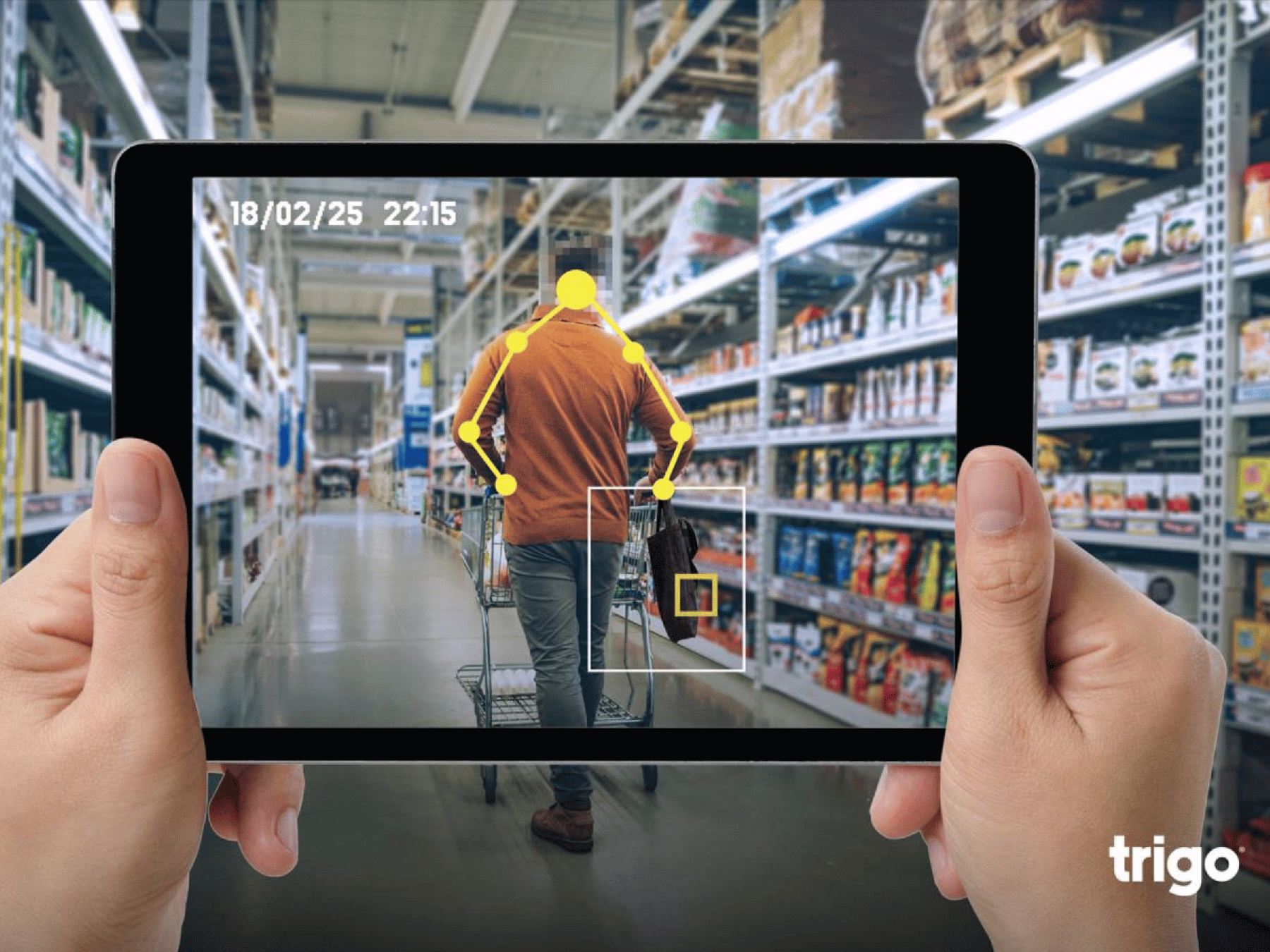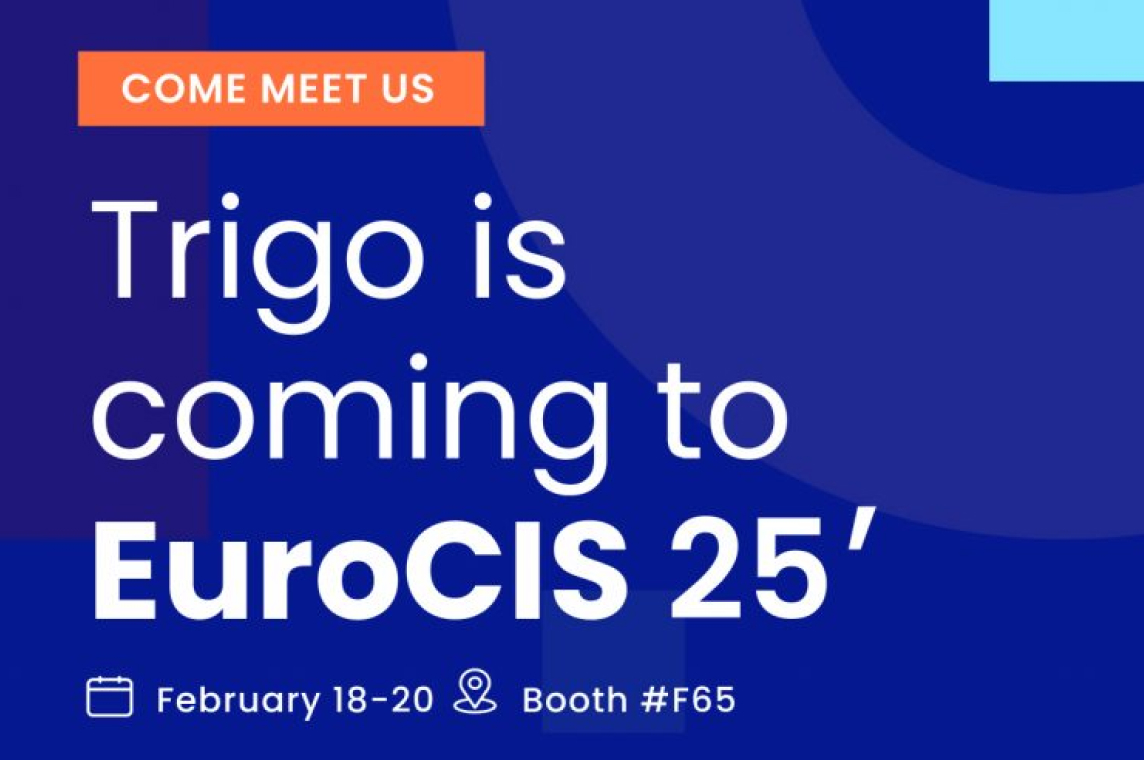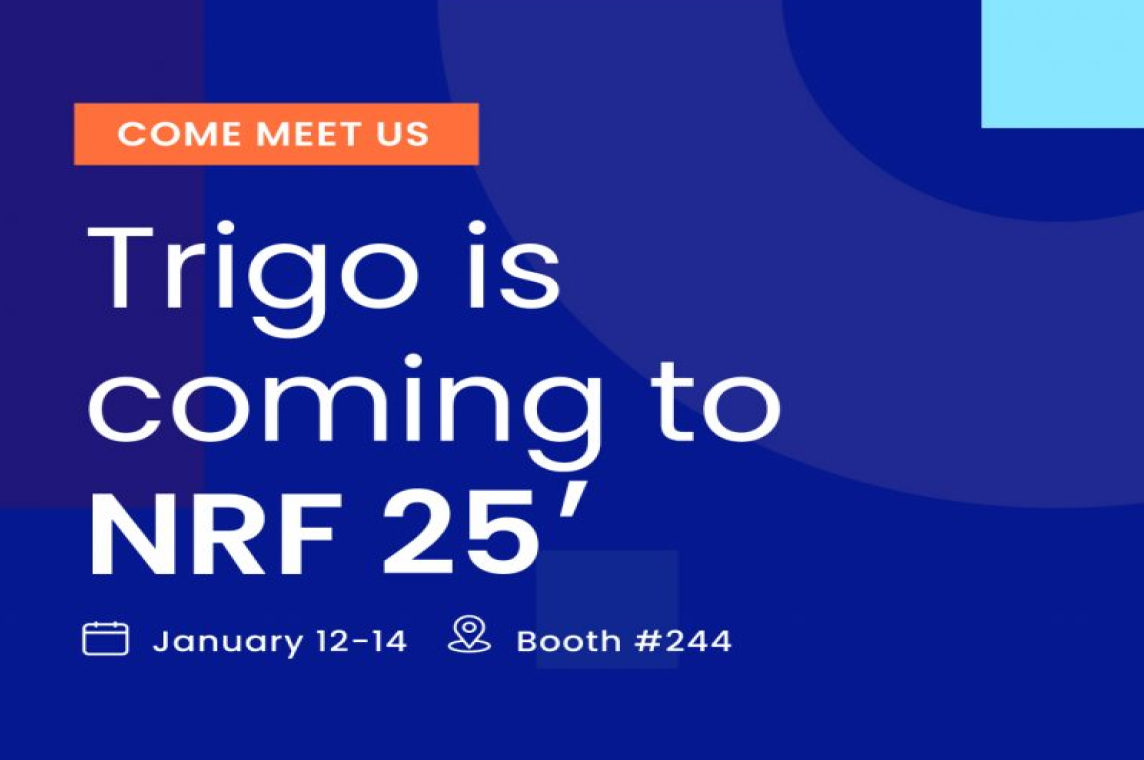In today’s data-driven retail landscape, computer vision analytics isn’t just another tech buzzword. The treasure trove of data these systems generate, just by running off ubiquitous CCTV, becomes a powerful retail management intelligence tool that’s greater than the sum of its parts.
Welcome to the future of retail, where computer vision AI is not just a concept but a transformative reality. For the first time, this technology is being harnessed to enhance management tools, streamline workflows, and optimize employee KPIs, resulting in more efficient operations and improved performance. By converting raw data into actionable retail intelligence, computer vision AI is revolutionizing the industry while maintaining the highest standards of data protection.
So how does it work?
It all starts with computer vision –giving computers the ability to interpret the visual world through images and video–essentially giving them “eyes”. Traditional computer vision systems can see images, but don’t really understand what they’re looking at. The breakthrough was in combining computer vision with deep learning AI: teaching the machine to automatically model complex patterns in data, without human intervention. We’ve essentially given cameras the brains they’ve lacked, training them to recognize not just objects, but actions, patterns, and even predict intentions.
In a typical computer vision system, if an object is obscured or moves out of view of one camera, it’s lost. Our system is different. It’s like having a perfect memory of where everything was, even if it can’t see it right now. If a product is picked up and then hidden behind a shopper, our AI knows it’s there.

This ability to maintain awareness of objects even when they’re not visible is crucial in a, chaotic environment like a large store or event venue. It’s the difference between a system that works in a controlled lab and one that can handle the real world.
Now let’s dive into six key areas where this technology is solving critical retail pain points:
1. Employee KPI: Discard unreliable customer surveys. With granular shopper behavior data, retailers can now quantify metrics like conversion rates, shopper dwell times, employee-customer interaction frequency, and other employee KPIs. This intel has helped retailers increase basket size through strategic product placement and personalized recommendations. Employee-customer interaction frequency can be measured and optimized, not just in one store, but across entire chains. The system tracks the entire customer journey, from entry to exit, providing insights into shopping patterns, product affinities, and even items frequently picked up but not purchased. This data allows retailers to optimize store layouts, improve product placement, better engage customers on the shop floor, and create more effective cross-selling strategies, ultimately enhancing the overall shopping experience and increasing sales.
2. Inventory Intelligence: Solve stockouts and overstock challenges with real-time inventory tracking. Ensure continuous product availability, decrease inventory carrying costs, and enable predictive planning based on replenishment trends. Monitor shelf levels continuously, sending alerts for low stock and automatically adjust orders based on historical data and current trends. It also helps optimize the product range, reducing waste and ensuring that fast-moving items are always in stock, while slow-movers don’t tie up valuable inventory space.
3. Dynamic Decision Engine: Move beyond intuition and outdated reports. AI-powered analytics enable real-time price optimization and personalized promotions. Retailers leveraging this tech have seen an increase in promotion effectiveness and a boost in profit margins. The system analyzes vast amounts of data, including customer behavior, competitor pricing, and market trends, to suggest optimal pricing strategies. It can also identify the most effective locations for promotions within the store, based on foot traffic and customer interaction data. This dynamic approach allows retailers to respond quickly to market changes and maximize revenue opportunities.
4. Layout and Planogram Optimization 2.0: Heat maps are just the beginning. Advanced computer vision can analyze traffic patterns and shopper-product interactions to continuously optimize store layouts. Early adopters report an increase in sales per square foot. The system goes beyond simple foot traffic analysis, examining how customers interact with products, which items are often picked up together, and how long customers spend in each area. This data is used to create dynamic planograms that can be adjusted in real-time to maximize product exposure and sales. It also helps identify underperforming areas of the store, allowing for quick adjustments to improve overall store performance.
5. Shrink Reduction: Combat rising retail crime effectively. Computer vision monitors every interaction in the store, significantly reducing shrinkage and protecting your bottom line. This technology is particularly effective in preventing thefts both at the self checkout and of high value goods. The increase in theft is a global phenomena, and Computer Vision AI can be the answer. The system can detect suspicious behavior patterns, such as items being concealed or not scanned at self-checkout, and alert staff in real-time. It also provides valuable data on which products are most frequently targeted, allowing for more effective loss prevention strategies. This comprehensive approach not only reduces external theft but also helps prevent employee fraud and administrative errors.
6. Enhanced Customer Lifetime Value: Boost customer retention and visit frequency. Trigo-powered stores experience higher customer retention and less cart abandonment. The same customers spend the same per visit but come to the store more often, resulting in higher overall spending – all while controlling for inflation and seasonality. The system’s frictionless checkout experience reduces wait times and improves customer satisfaction, encouraging repeat visits. It also enables personalized marketing strategies based on individual shopping habits, further enhancing customer loyalty. By analyzing purchase patterns over time, retailers can identify and reward their most valuable customers, fostering long-term relationships and maximizing customer lifetime value.
The beauty of this technology? It scales. From supermarkets to big-box retailers, fashion and beauty boutiques to sports arenas, computer vision adapts to specific retail environments and KPIs. Computer vision doesn’t just crunch numbers; it delivers actionable insights that transform retail operations from the stockroom to the checkout line. The future of retail is here, and it’s got 20/20 vision.
Are you ready to see your business clearly?









